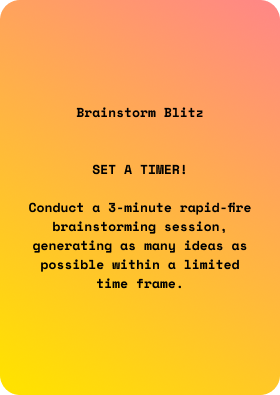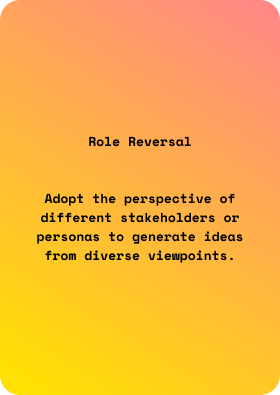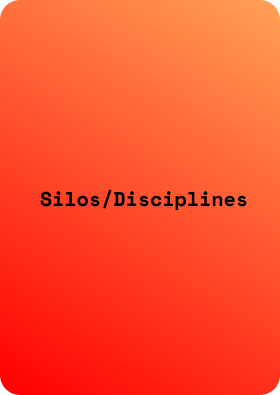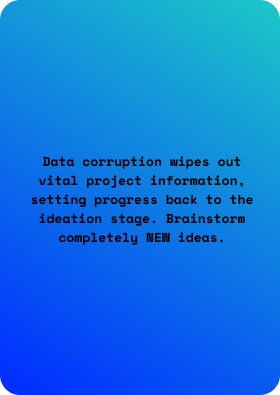Wicked: The Design Thinking Card Game
Project Overview
Specifications
My role
Learning experience designer
Game designer
Subject matter expert
Graphic Designer
Tools
Figma
HTML, CSS, JS
GAI
Cardboard paper
Design Rationale
Wicked: The Design Thinking Game takes a multifaceted approach to addressing the systemic challenges of higher education while fostering deep learning and engagement among players. The design rationale for this game is mainly grounded in problem-based learning, design thinking, collaborative learning, and metacognition. This game was designed to reflect the complexities and interconnectedness of real-world challenges in higher education, immersing players in authentic scenarios that demand critical thinking skills. Drawing from the principles of Design Thinking, the game takes a human-centered approach to problem-solving. Collaboration is central to the game experience, fostering teamwork and communication skills as players work together to empathize with users, define Problem cards, brainstorm solutions, and reflect on their decisions. Metacognition is integrated into the gameplay experience, encouraging players to analyze their problem-solving strategies and consider alternative approaches. Ultimately, the game aims to facilitate meaningful learning experiences beyond the classroom, giving players a deeper understanding of higher education issues and transferable skills applicable to real-world contexts.
Game Overview
Wicked: The Design Thinking Game is an individual or collaborative educational card game that aims at fostering creative thinking to address systemic higher education challenges, specifically those that can be considered “wicked.” Throughout the game, players adopt a design-thinking mindset to devise innovative solutions to tackle these wicked problems in higher education. Following the 4Ds model: Discover, define, develop, and deliver, players embark on a design journey in which they apply empathy, critical thinking, collaboration, and creativity. However, players will have to face hurdles that would bring a twist to the already challenging issue, mimicking real-life challenges and constraints.
Learning Outcomes
When designing this game, I used the revised Bloom’s taxonomy to craft learning outcomes that were tangible and meaningful for the players. By playing this game, individuals will
Analyze complex challenges in higher education.
Explore diverse perspectives within the higher education ecosystem to foster empathy and perspective-taking.
Apply collaborative skills to work effectively with others and enhance teamwork.
Generate innovative solutions to address wicked problems and cultivate a problem-solving mindset.
Recognize the interconnected nature of wicked problems in higher education to increase awareness of systemic issues.
Communicate ideas, concepts, and solutions effectively through verbal, written, and visual means to practice communication and presentation skills.
Apply design thinking principles and techniques to develop human-centered solutions for diverse stakeholders.
Evaluate personal and collective learning experiences to identify strengths, weaknesses, and opportunities for growth and reflection.
Game components
Types of cards
Problem cards list systemic challenges in higher education. They touch on issues such as financial aid, accessibility to tertiary education, and advocating for faculty’s workload, among others. They convey more generalized ideas, and it is the players’ job to define the problem accurately.
Creative chaos cards add a twist to the game by considering stakeholders’ perspectives, new target users, or just extra challenges that exacerbate the problem.
Ideation cards provide creative ideation strategies to generate innovative human-centered solutions. They foster collaboration among players and help students recognize the interconnection of systemic challenges.
How to play:

Draw a problem card.
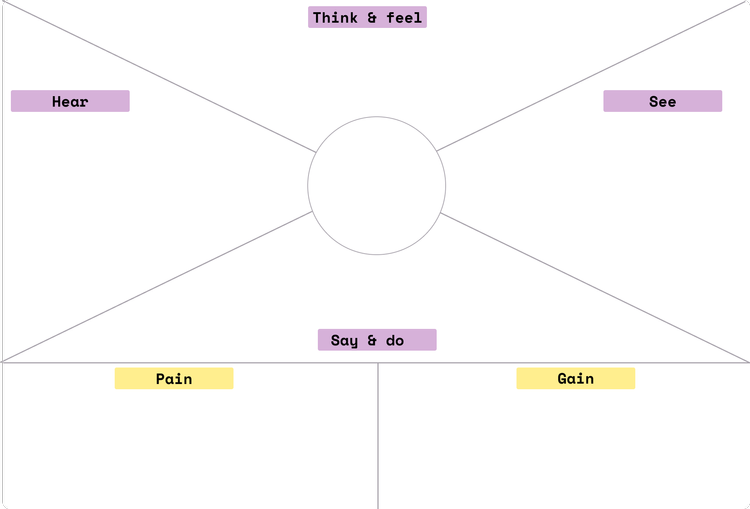
Use an empathy map to identify who the problem affects. Speculate on the target user's needs, emotions, behaviors, and motivations.
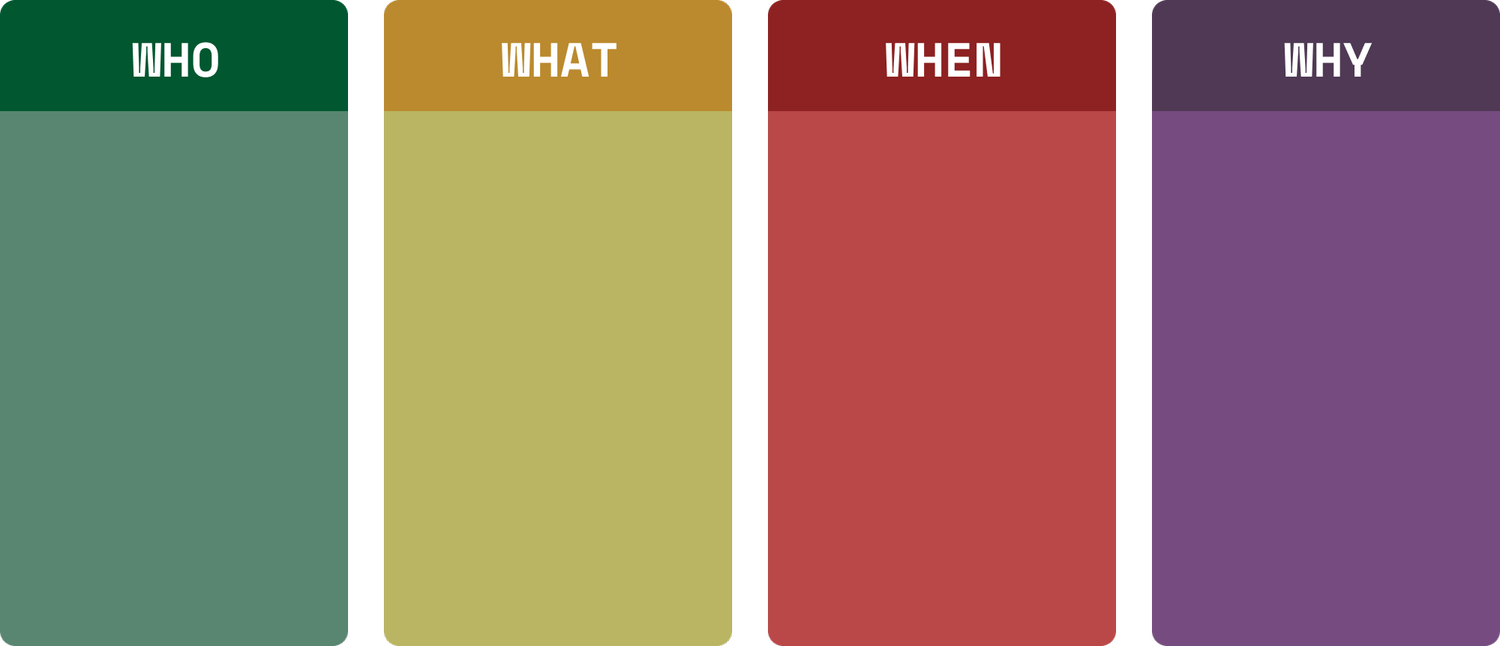
Define your problem using the 4 Ws: Who is affected by it?, what is the nature of the problem?, where is it worth solving (what the context is)?, why is it worth solving?
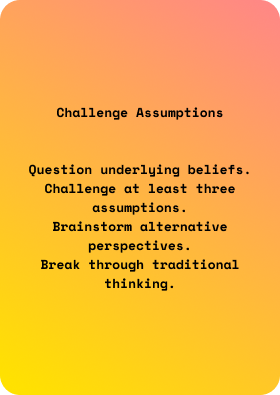
Draw an ideation card and get creative (10 min or otherwise stated in the card).
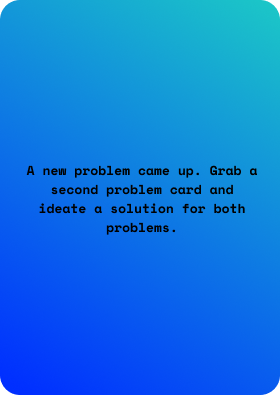
Draw a creative chaos card for a more challenging task! (After 5 min in the ideation stage).
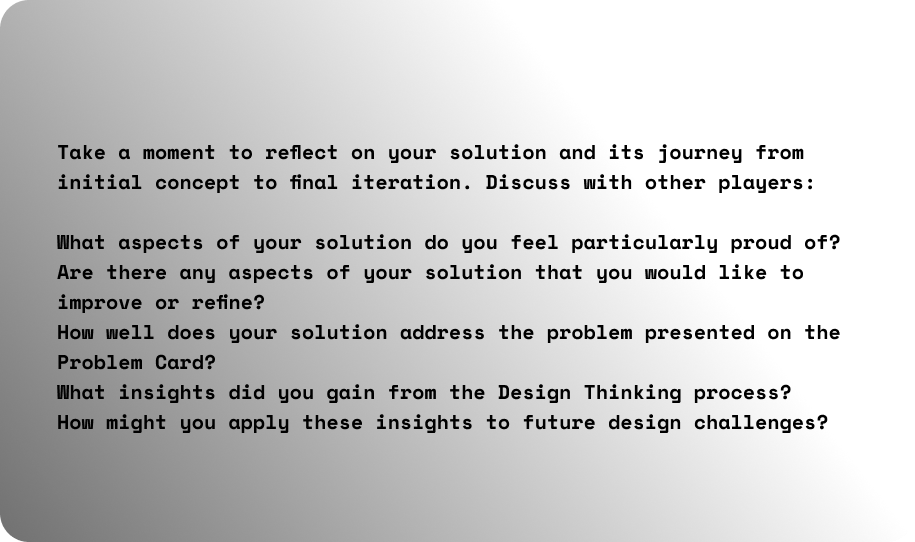
Choose the best solution and evaluate it with our guiding questions.
PROBLEM

IDEATION

CHAOS

This is a collaborative card game that will make you think creatively to solve “wicked problems” in education using Design Thinking.
- Draw a “PROBLEM” card and read it aloud.
- Empathy map your user (5 min)
- Define your problem (5 min)
- Draw an “IDEATION” card and brainstorm (10 min)
- Draw a “CHAOS” card mid-way!
- Evaluate with guiding questions.
🧠 Take a moment to reflect:
- What aspects of your solution do you feel particularly proud of?
- Any aspects you would refine or improve?
- How well did your solution address the problem?
- What insights did the Design Thinking process reveal?
- How might you apply these to future design challenges?




